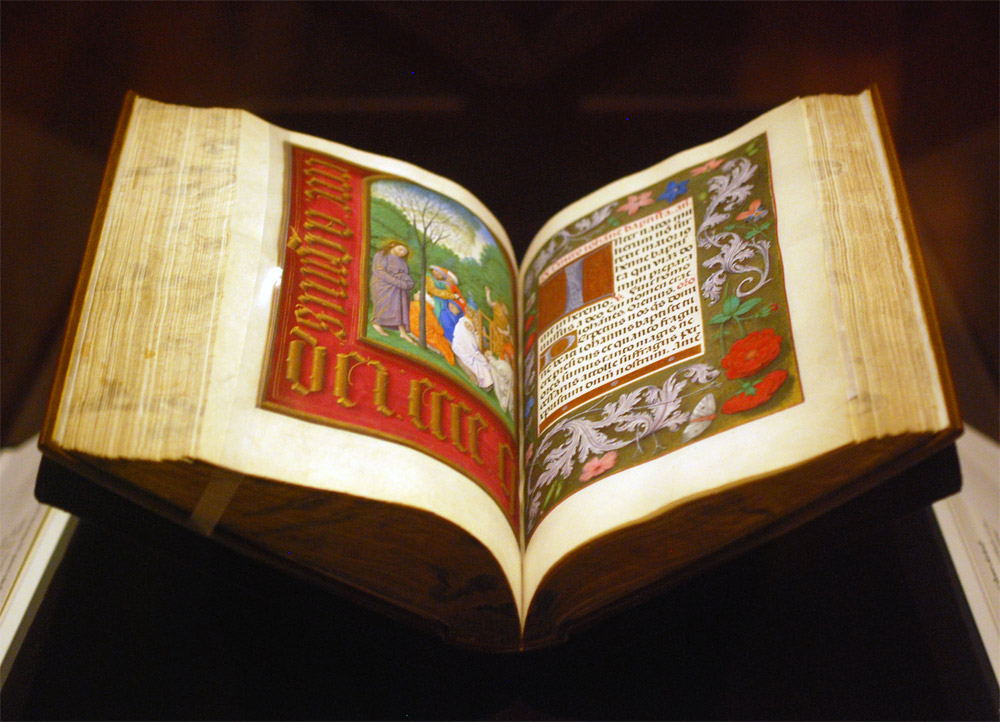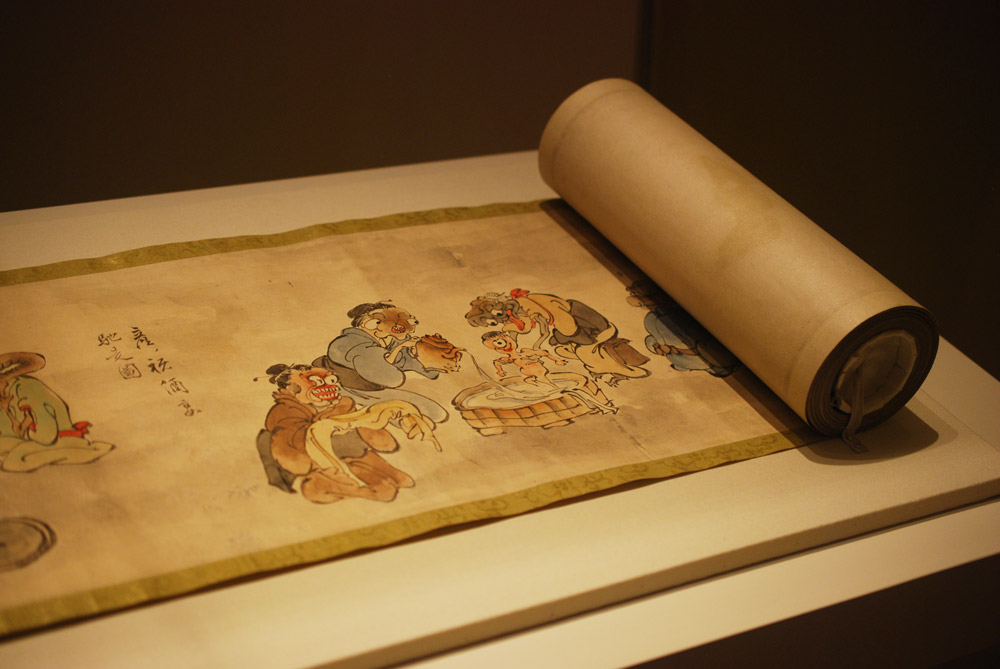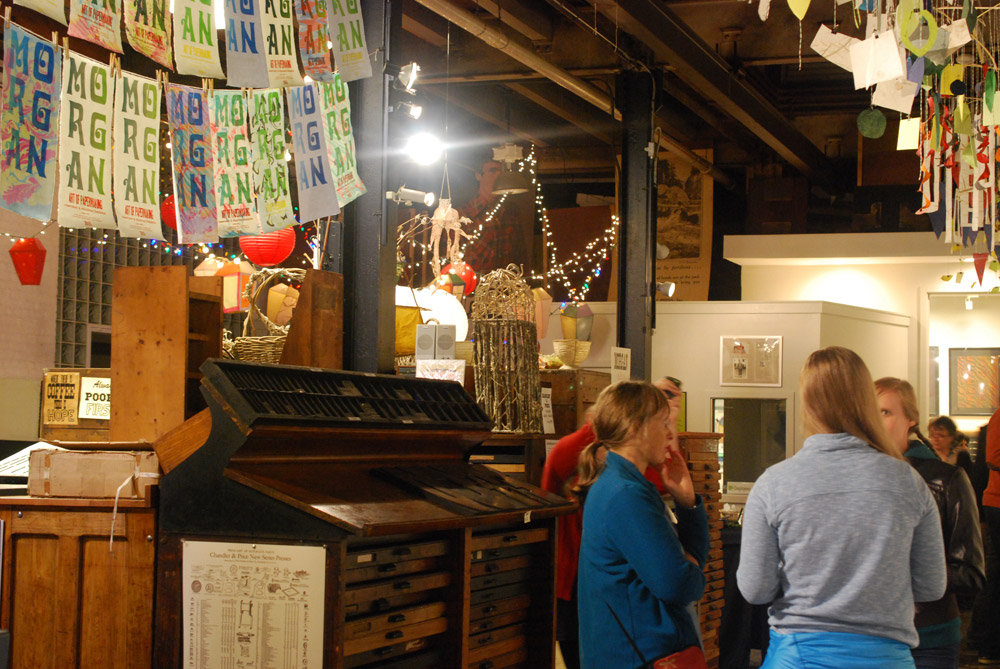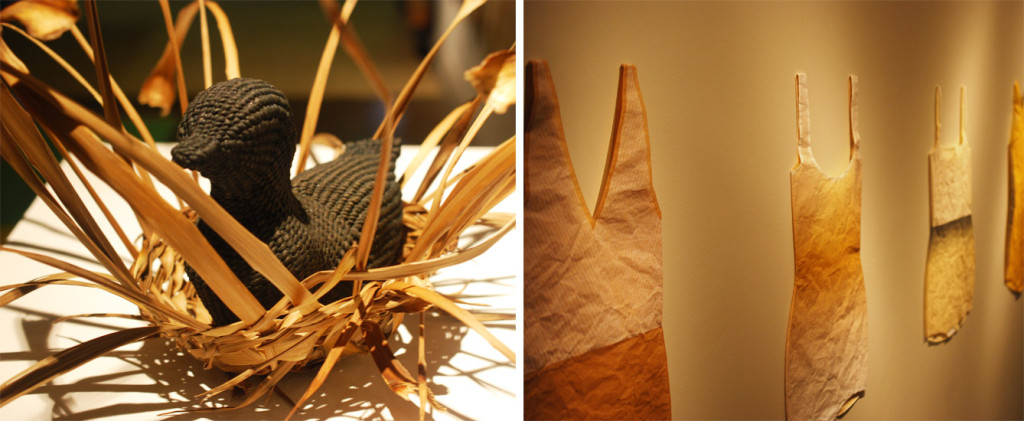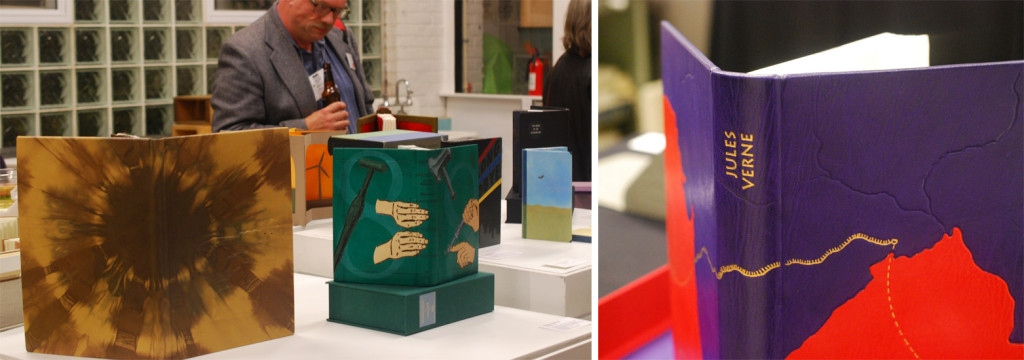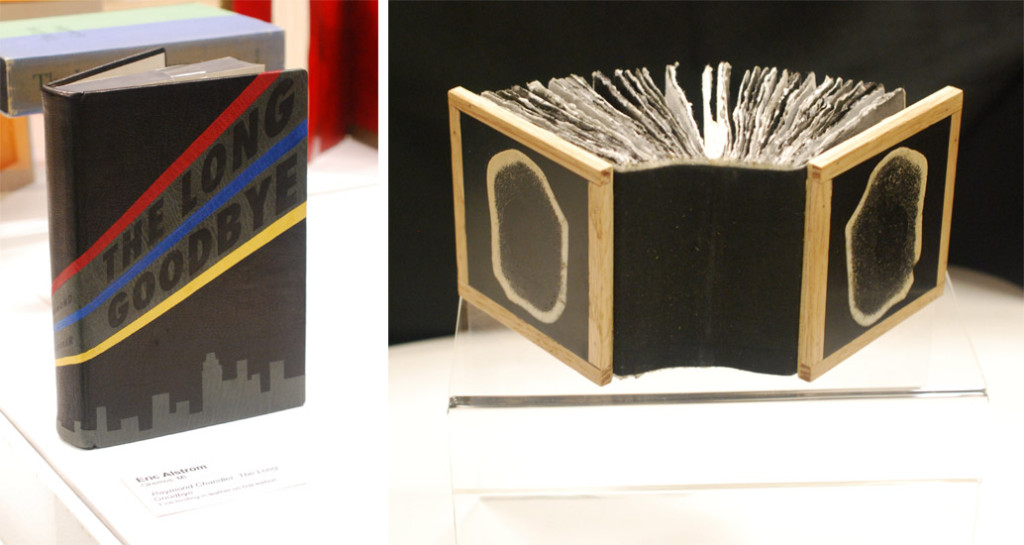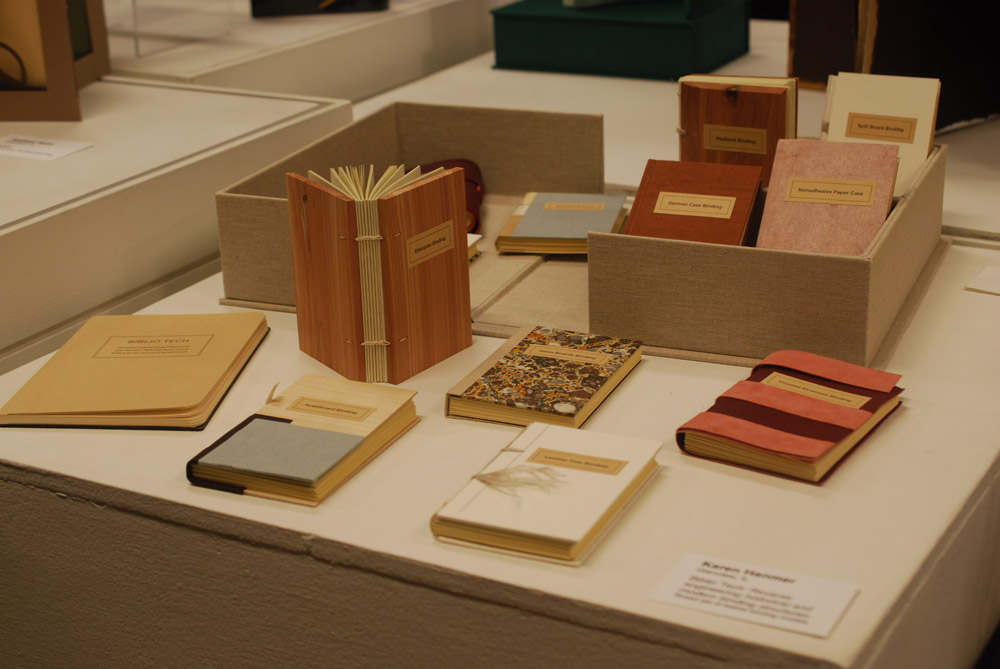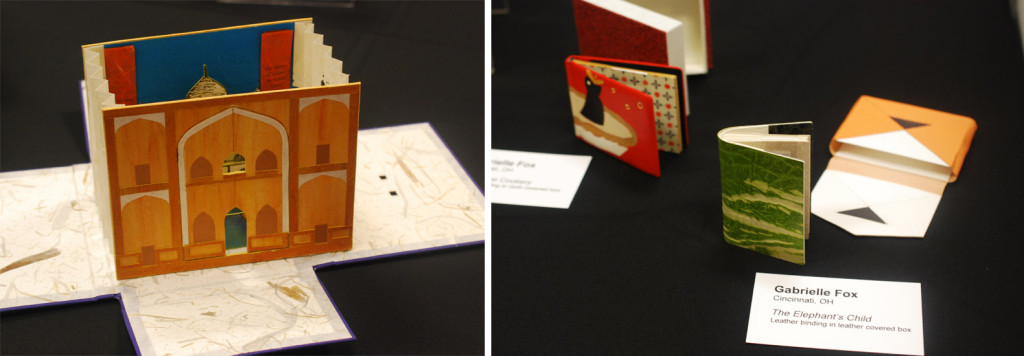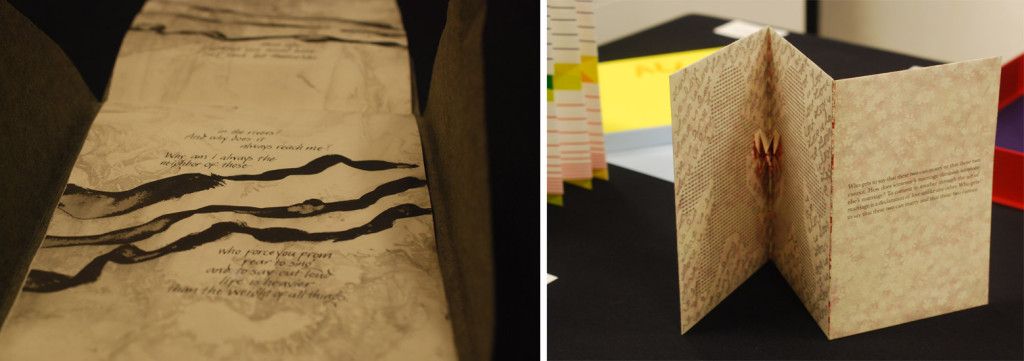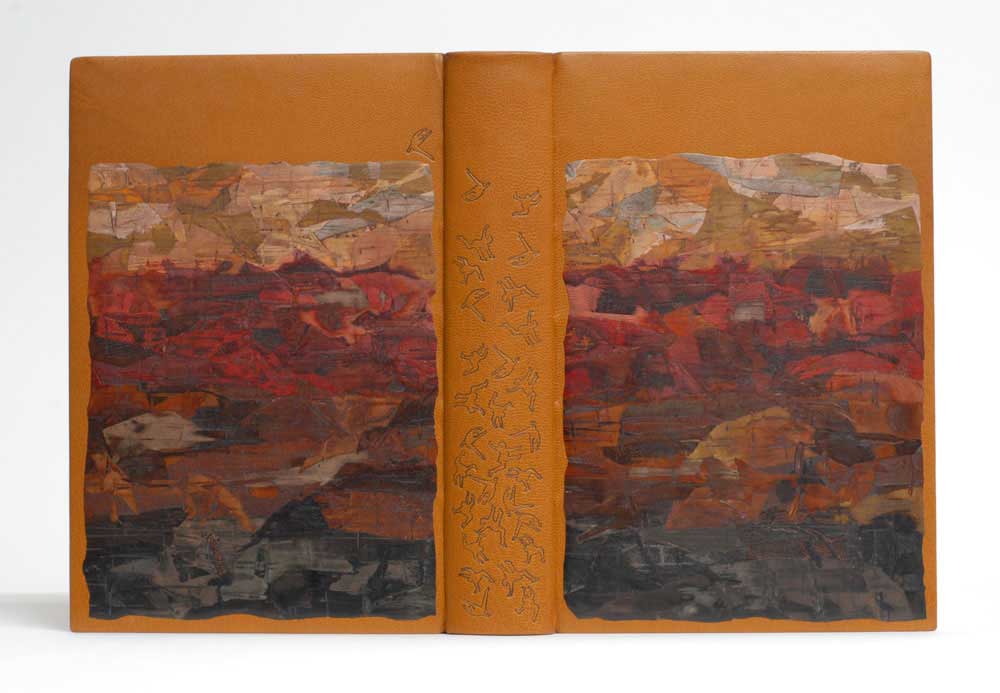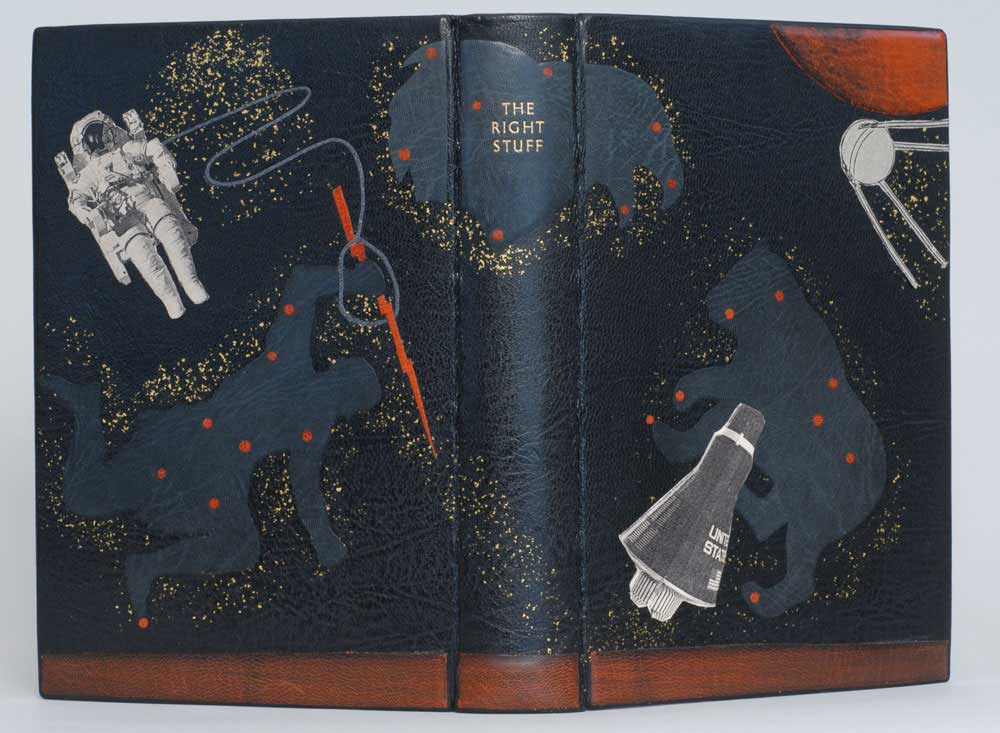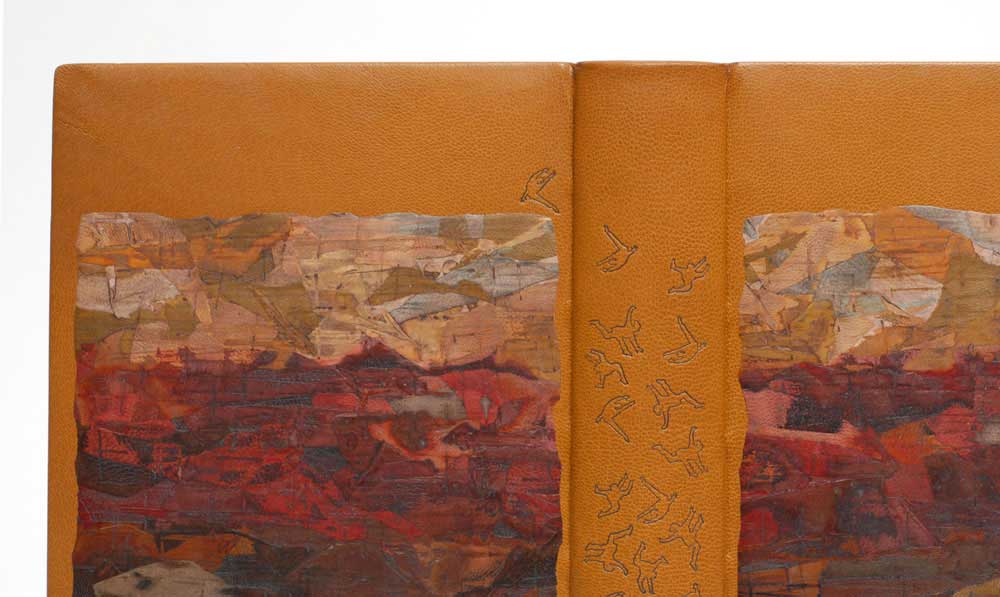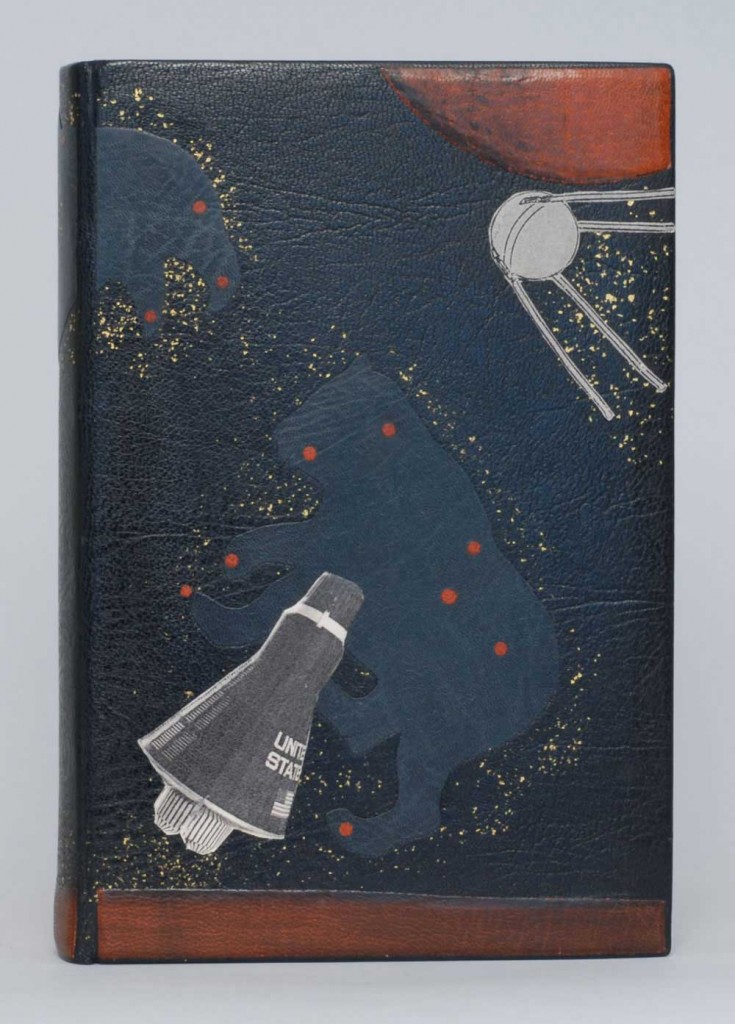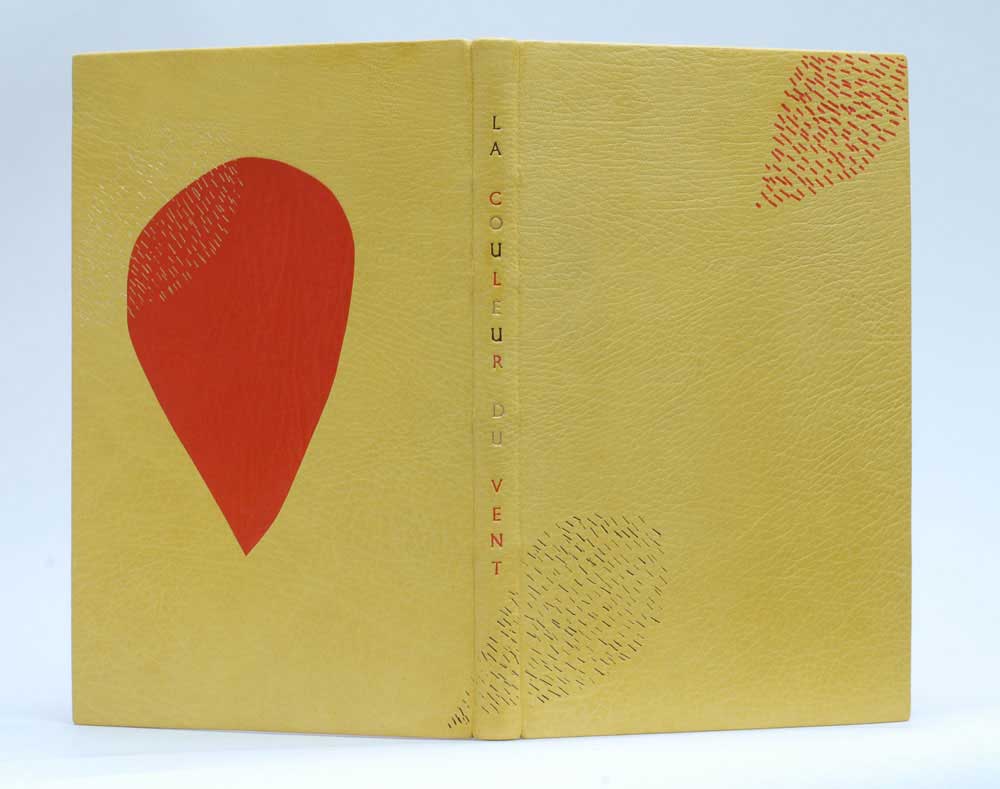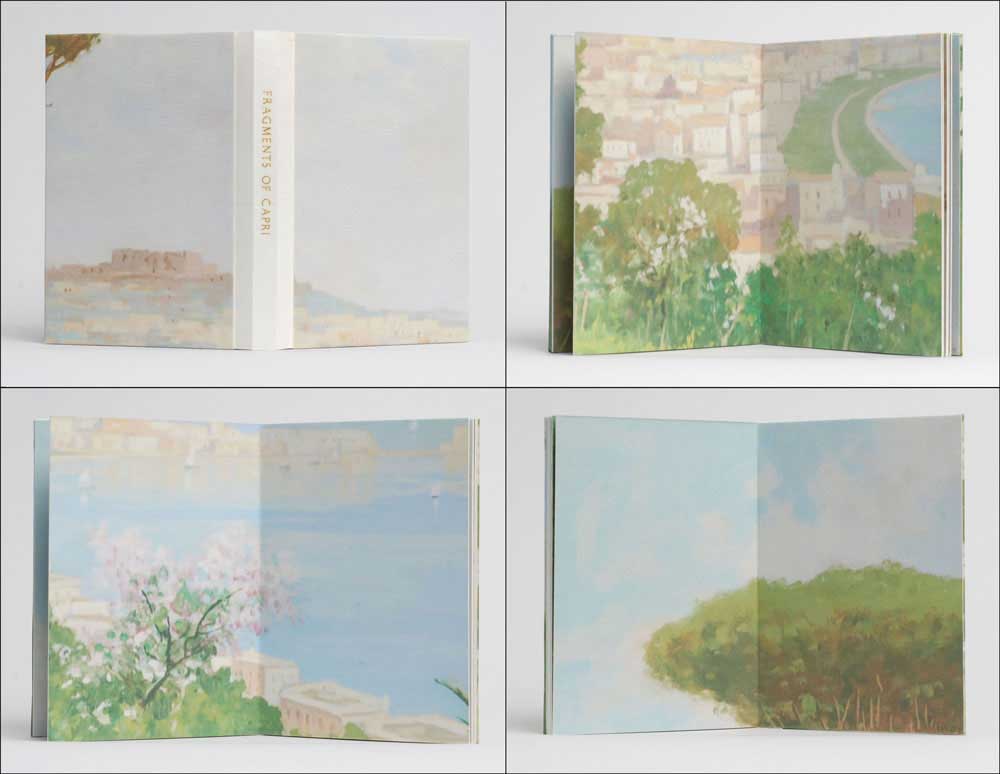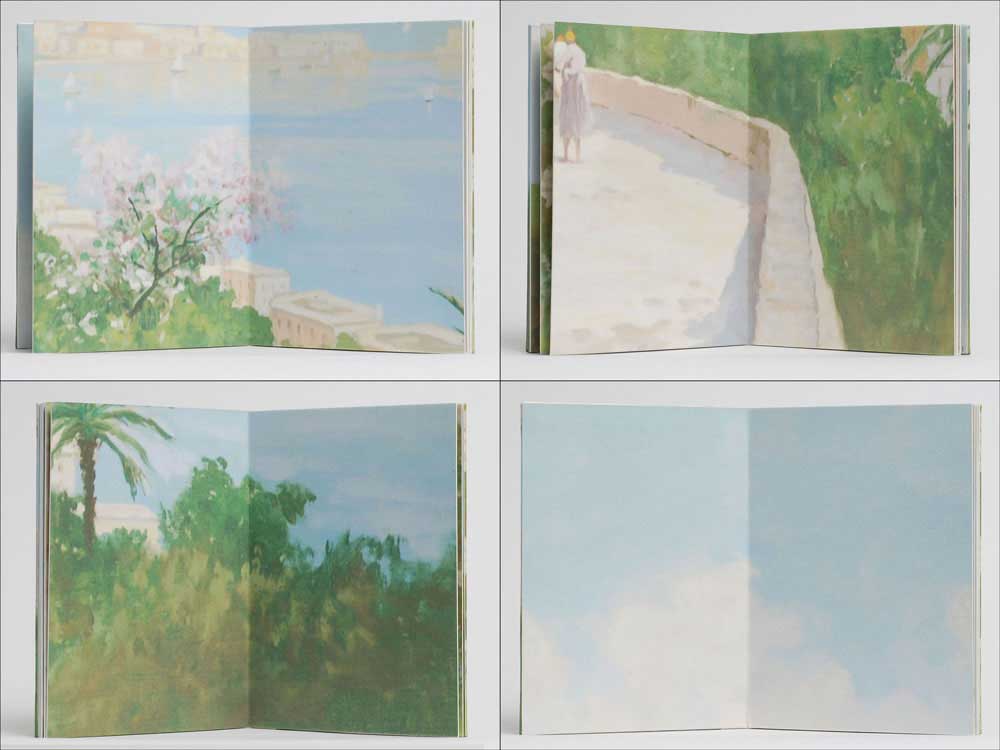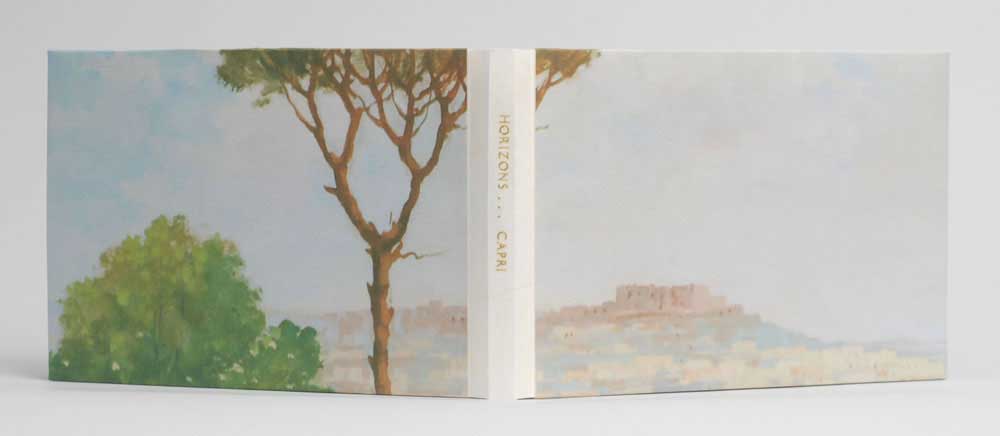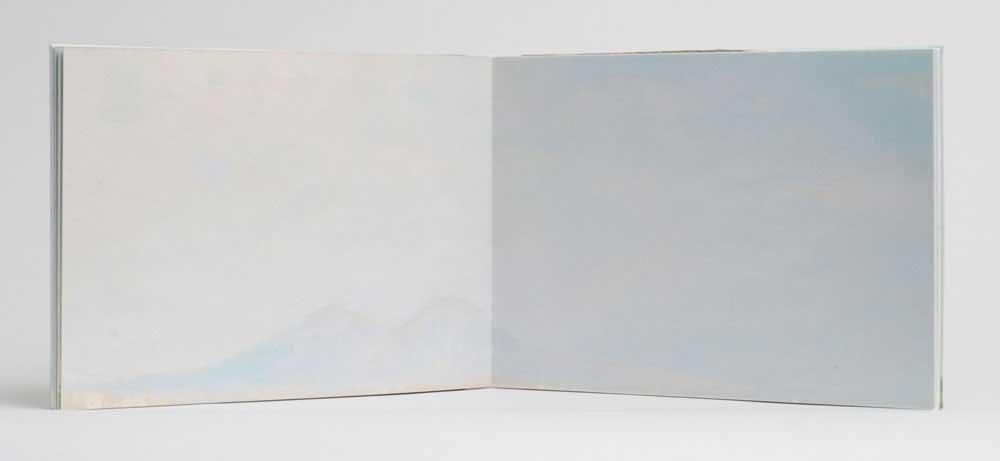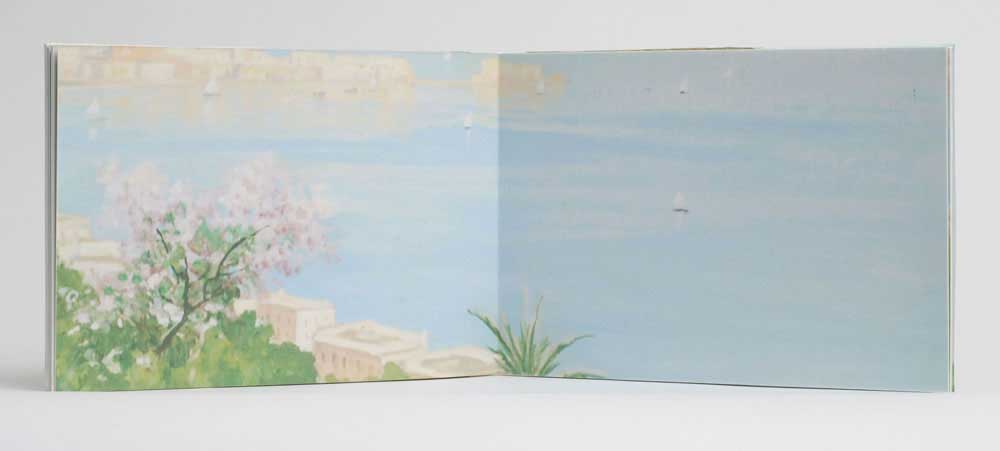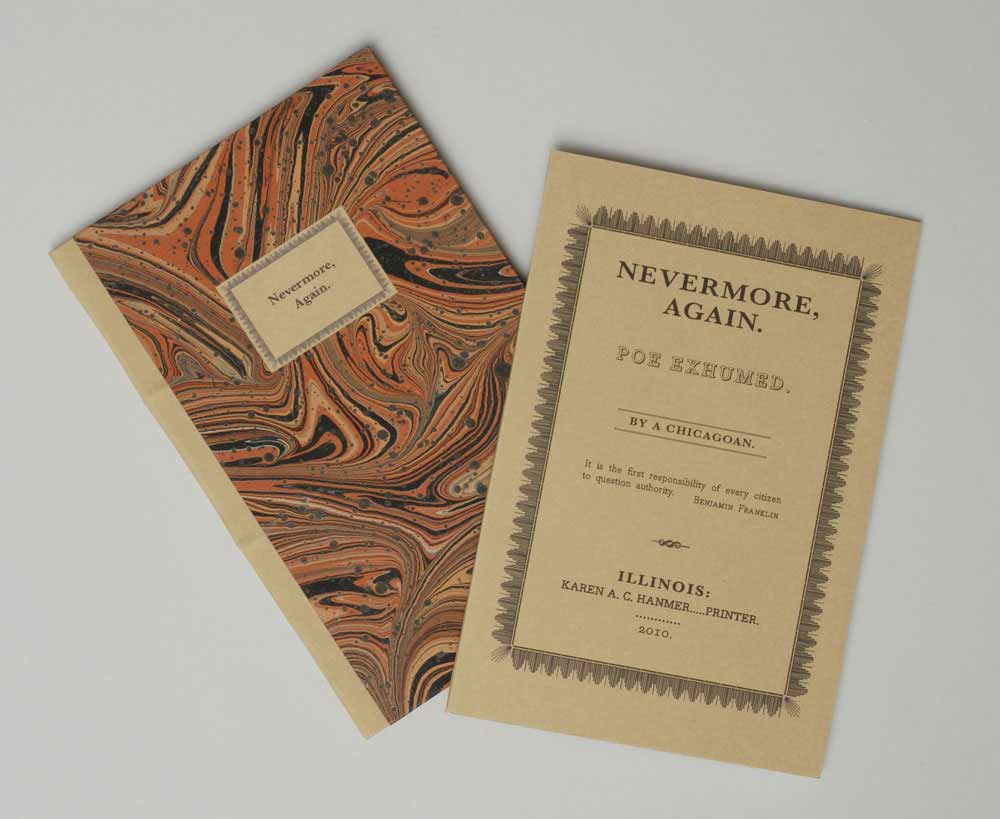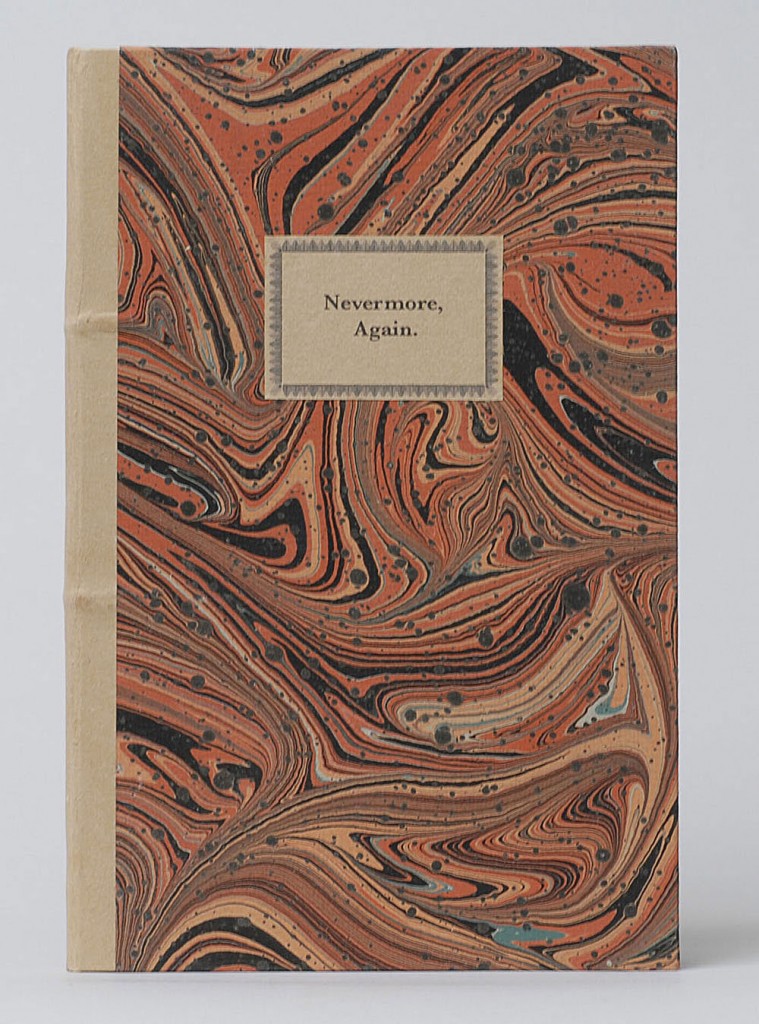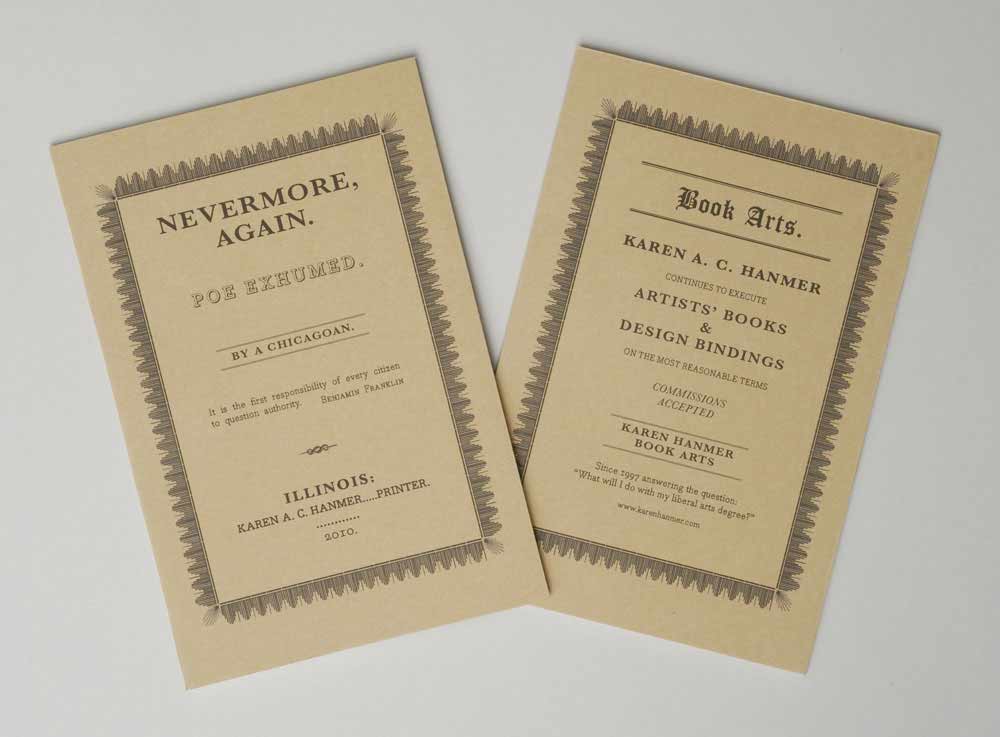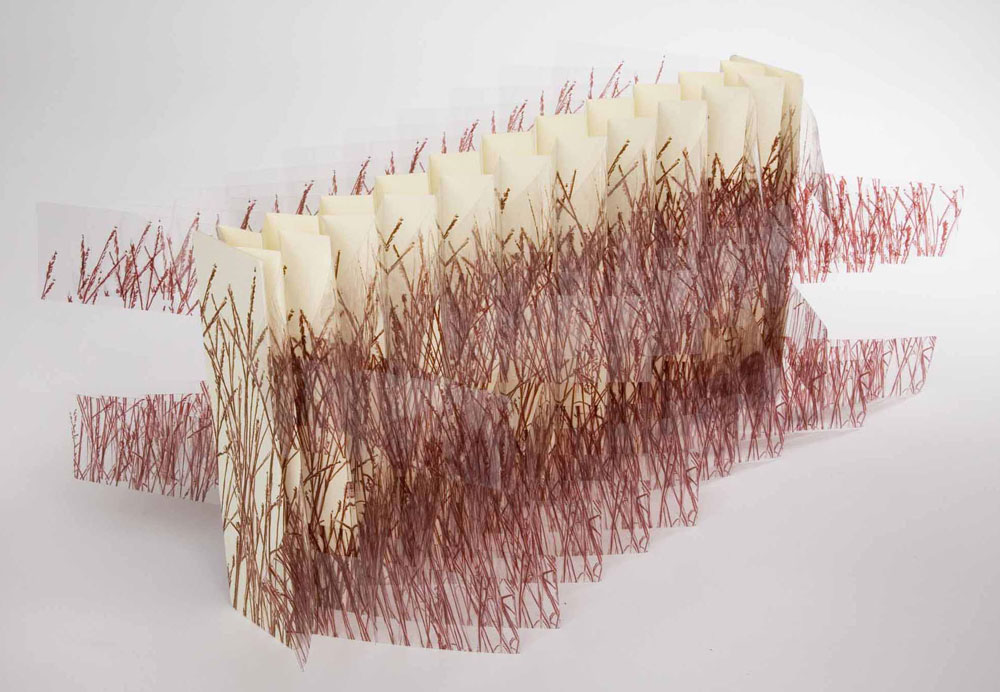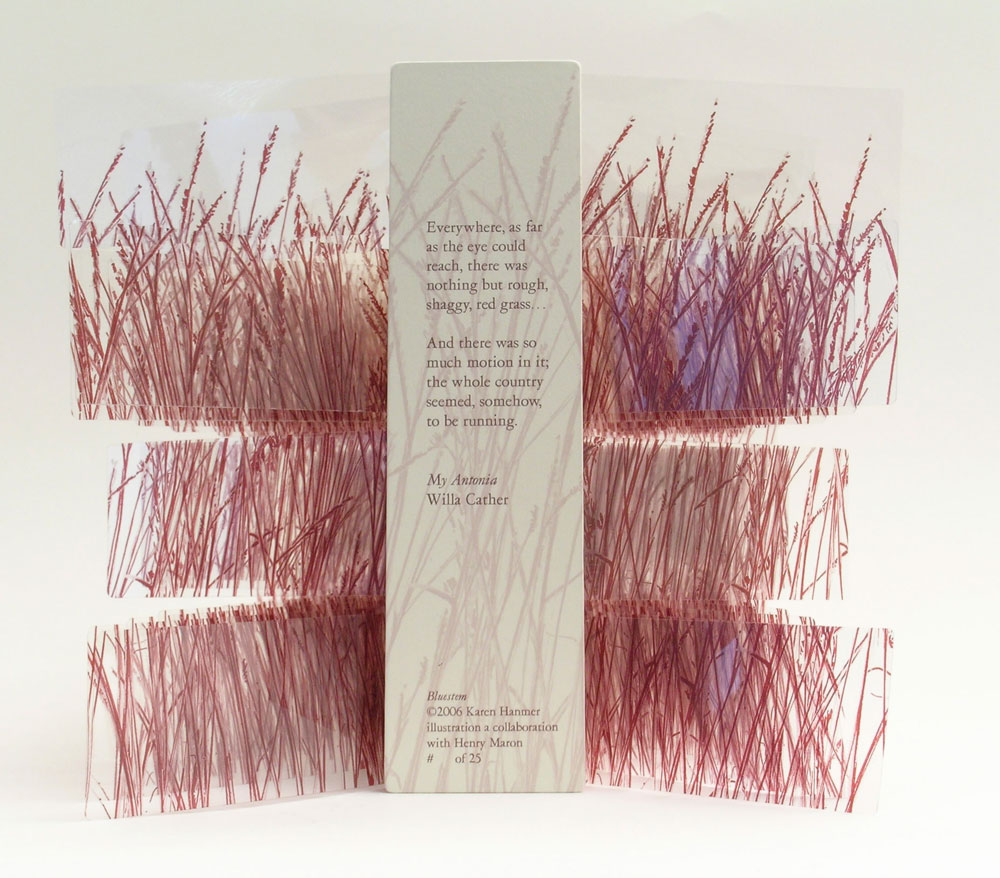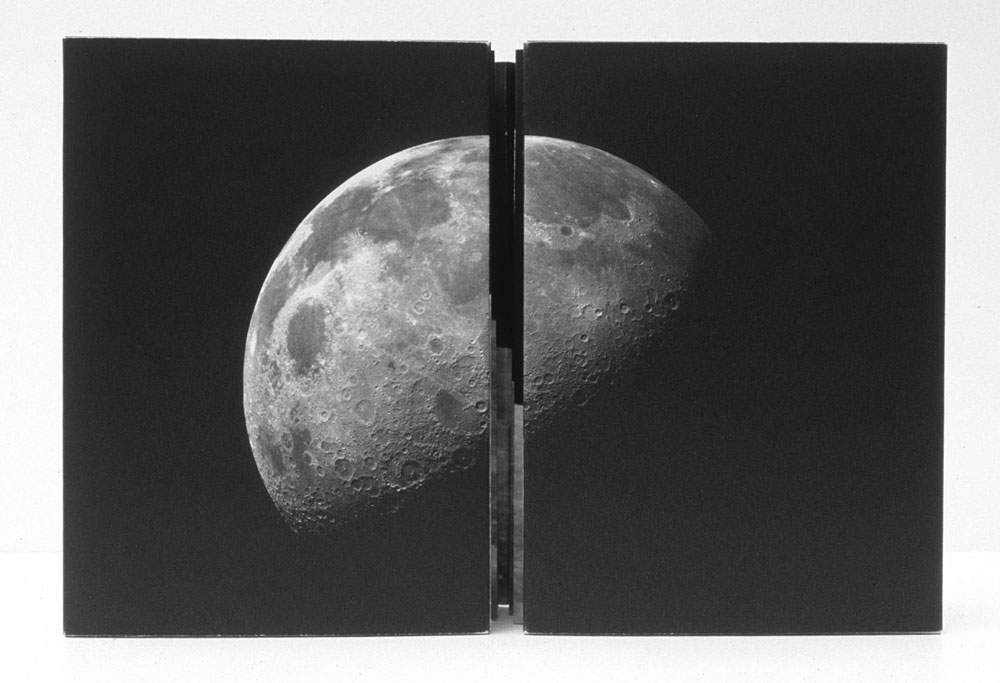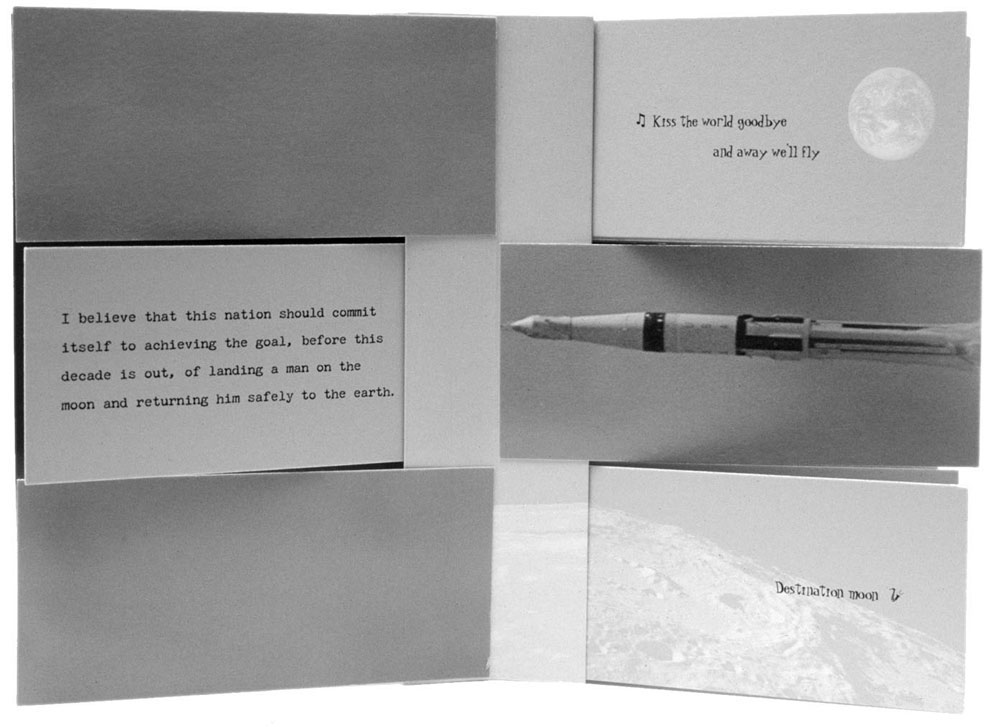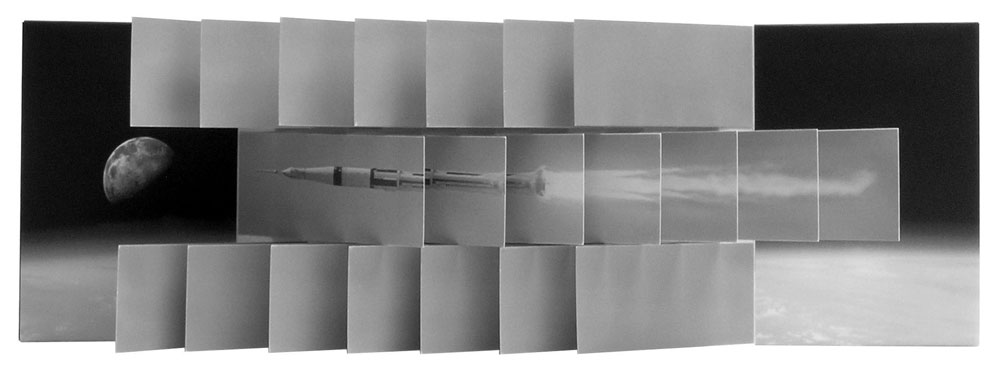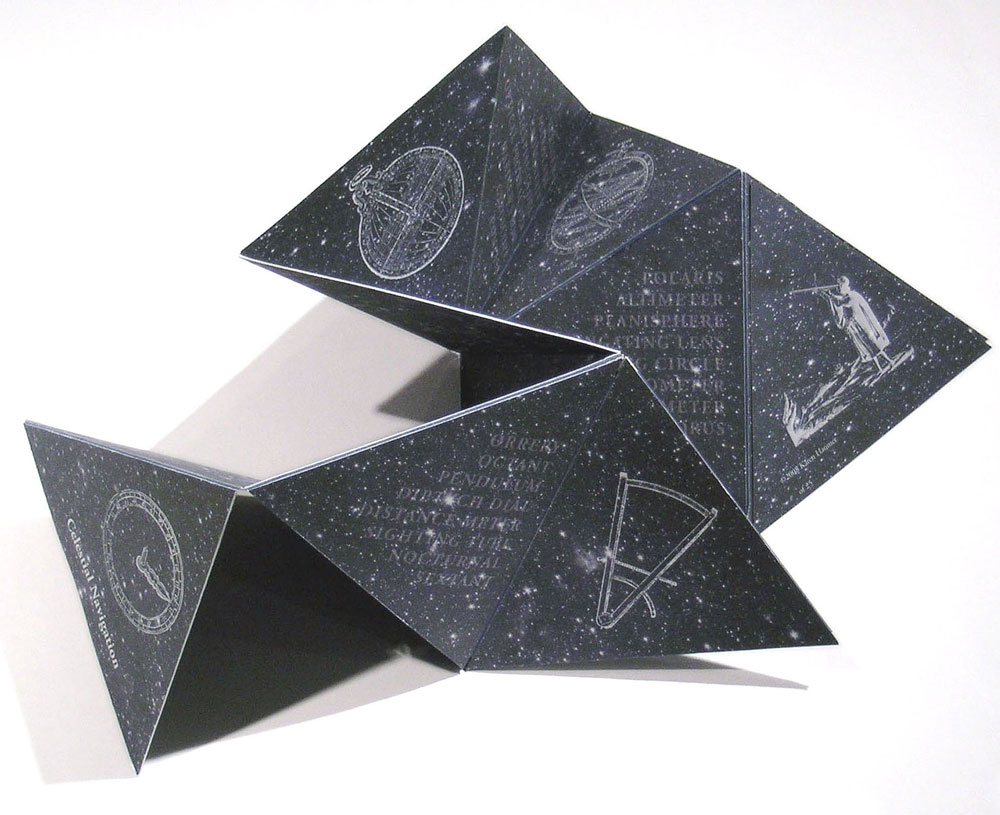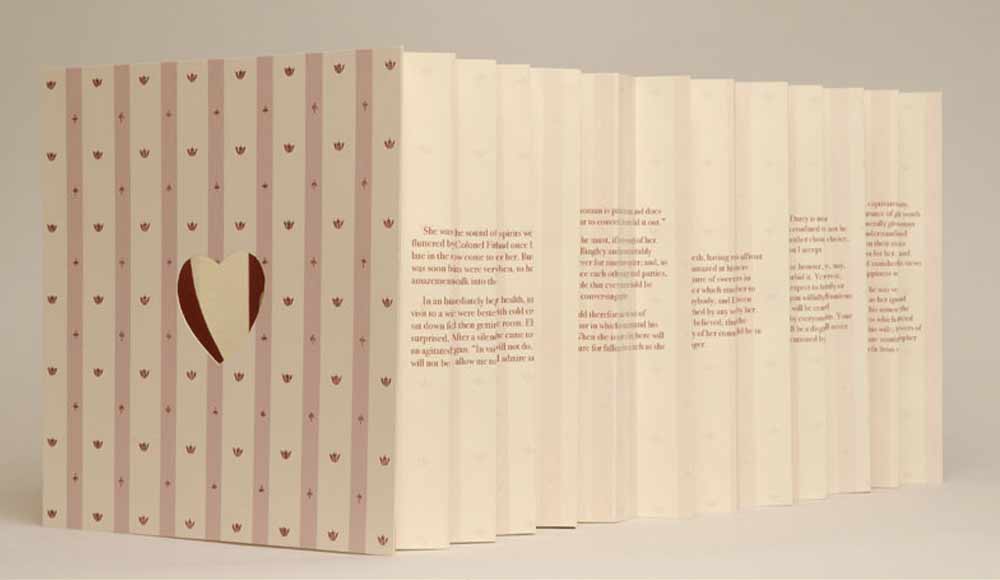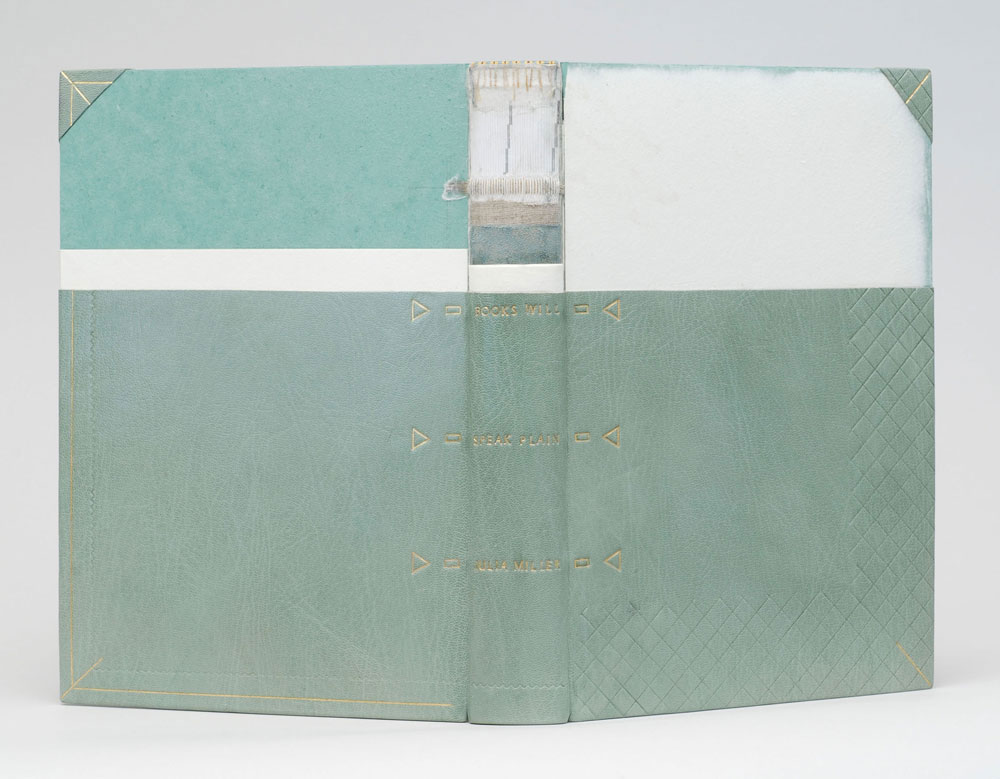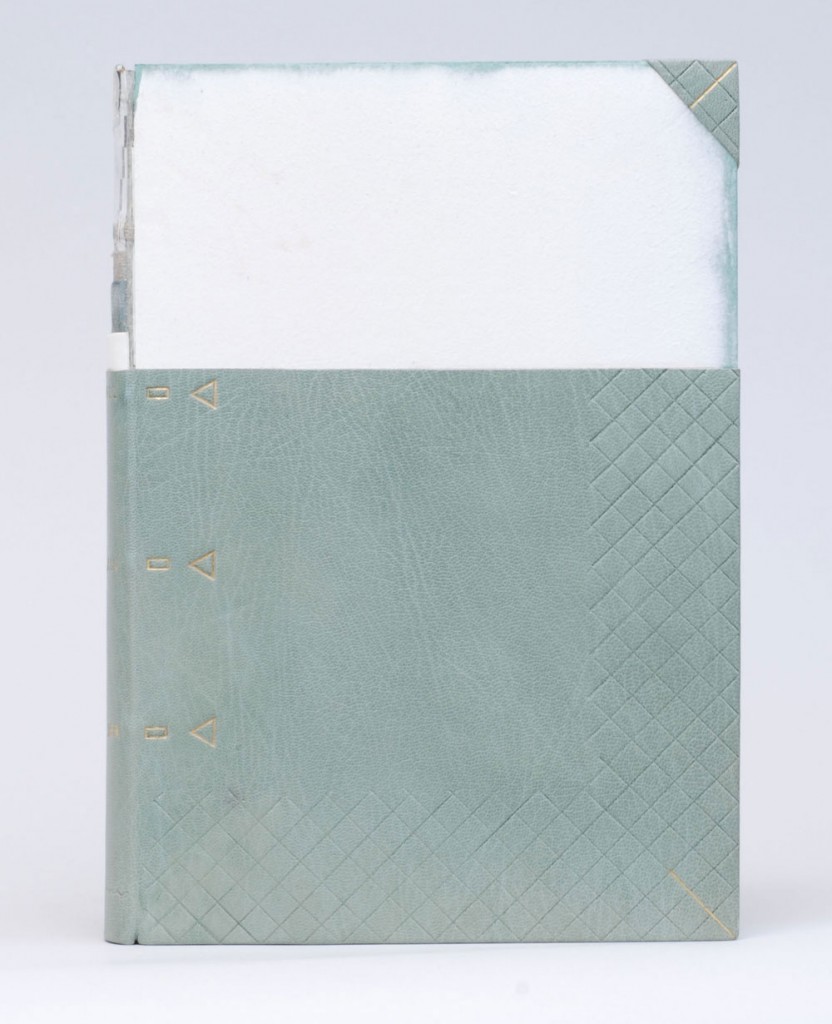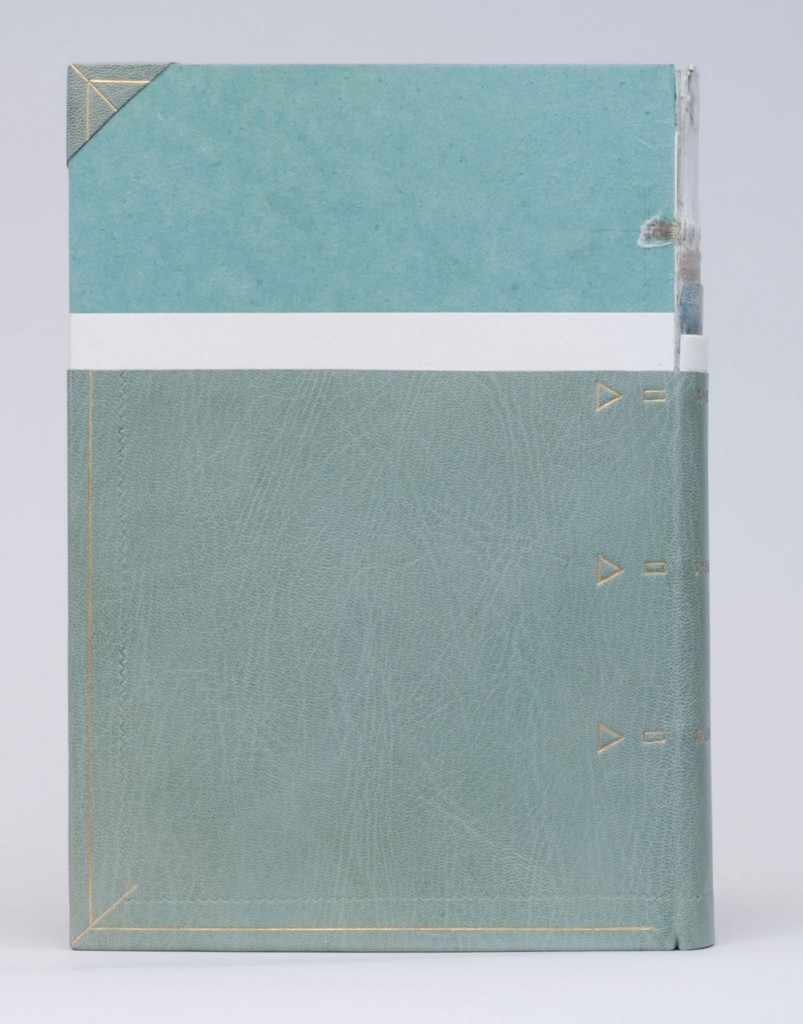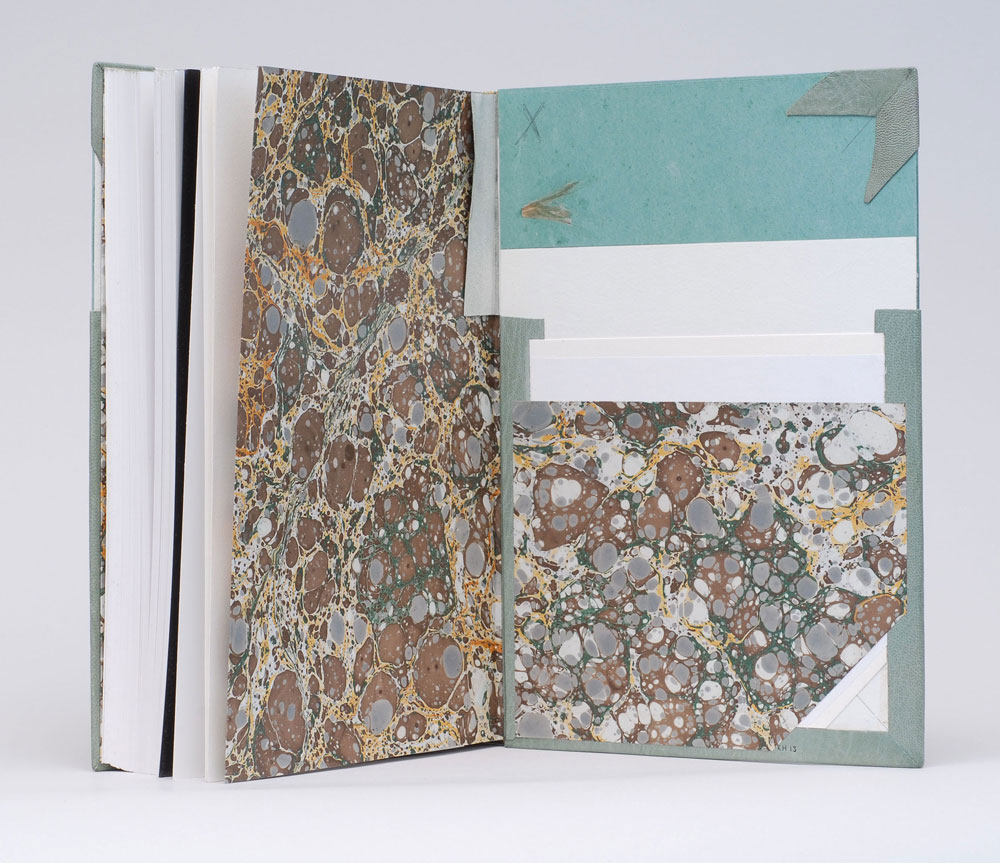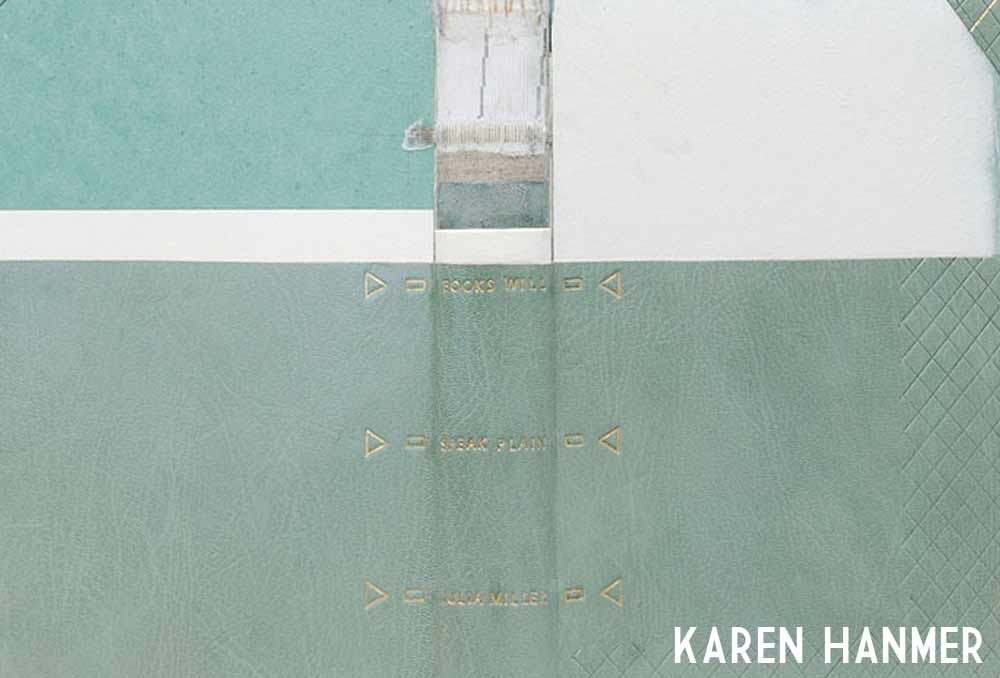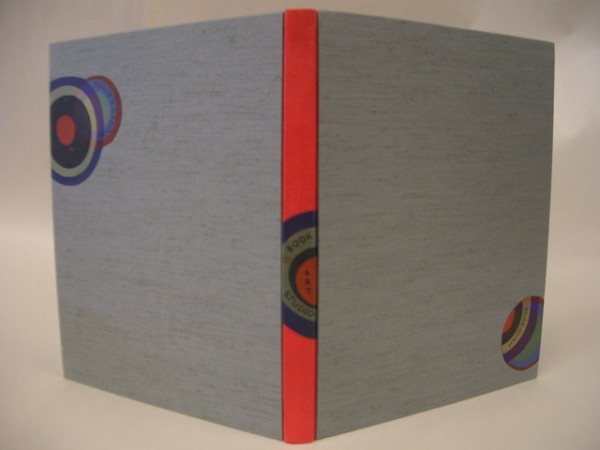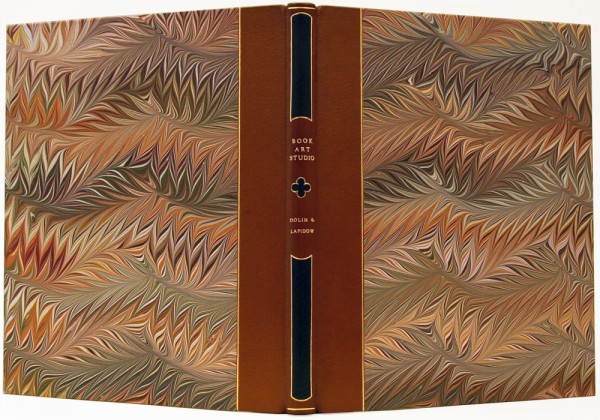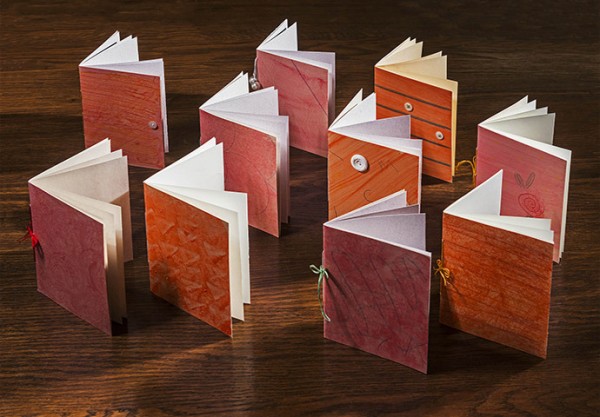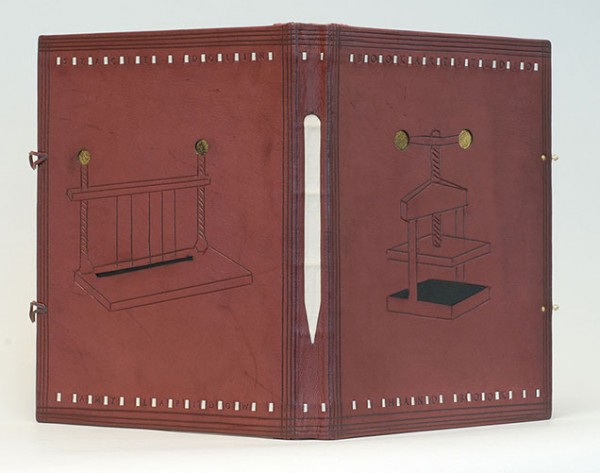Back for another guest post is my good friend and fellow classmate, Henry Hébert. His picks this year include some fellow bookbinders (and one of their cats), a secluded bookbinding haven and some old comforts.
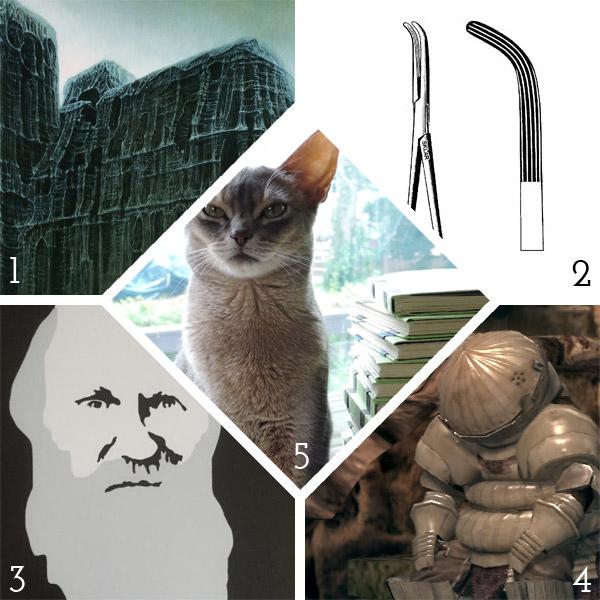
1. Zdzisław Beksiński, Untitled, oil on fibreboard: Beksiński’s dystopian surrealism is gorgeous and haunting. My favorite paintings are like this one, combining religious iconography with almost alien textures. You can see a virtual gallery of his work here.
2. Lahey Hemostatic Foreceps: Adam Larsson, Conservator at Uppsala University Library, clued me in to using long surgical tools for quickly lacing sewing supports through paper case bindings.
3. Darwin: I picked this print up at Horse + Hero in Asheville, NC. This line from some of Charles Darwin’s 1861 correspondence pretty much sums up how I feel most mornings.
4. Dark Souls: I think this video game from 2011 is still one of the best games ever made. Fun to play, excellent design, and weird, weird story telling.
5. Bradel the Cat: Noted bookbinder and artist Karen Hanmer is the caretaker of this wonderful Abyssinian cat.
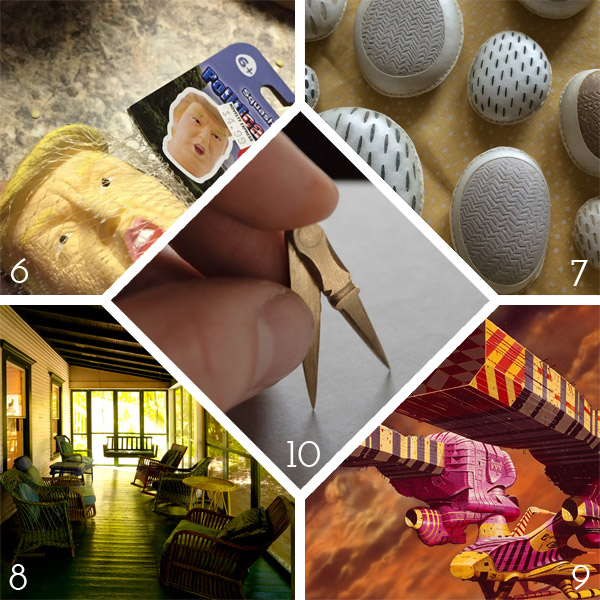
6. Trump stress ball: News getting you down? Take your frustration out by squeezing a tiny version of our president’s dumb head.
7. Rocks: I recently saw some of these decorated, parchment-wrapped rocks made by Shanna Leino. They were just such curious, fun little objects – I had to put them on this list.
8. Oxbow: I just attended my first Paper & Book Intensive, held at the Ox-bow School of Art in Saugutuck, MI. It was a pretty magical opportunity to disconnect from the outside world and focus on bookbinding.
9. Jodorowsky’s Dune: This documentary about Alejandro Jodorowsky’s failed attempt to make a film based on Frank Herbert’s Dune is wonderful. Some of my favorite artists were all set to collaborate on the project, and many award-winning projects were produced from the wreckage.
10. Mini-dividers: Brien Beidler makes some really nice brass tools. I just happened to have a pair of tiny plastic hands on me when he showed me these mini brass dividers. I still laugh every time I look at this mini-hand-modeling photo.


